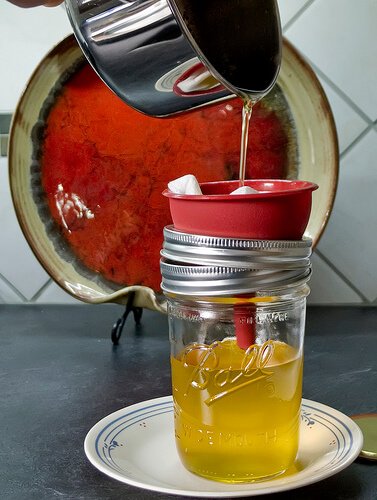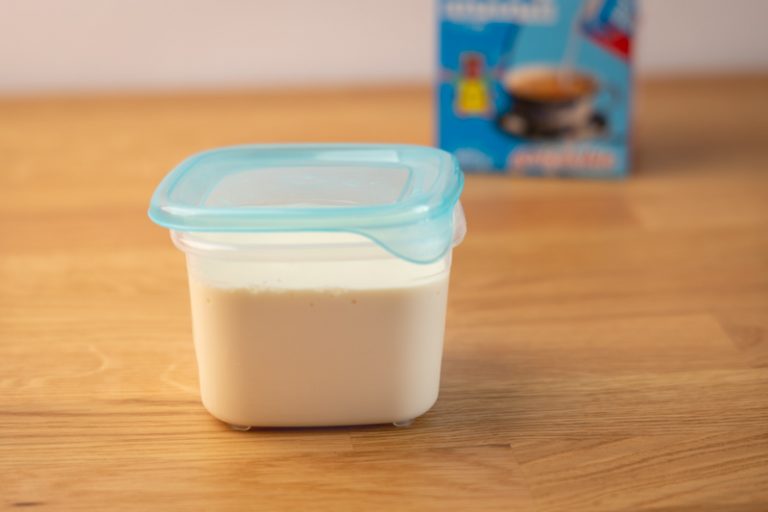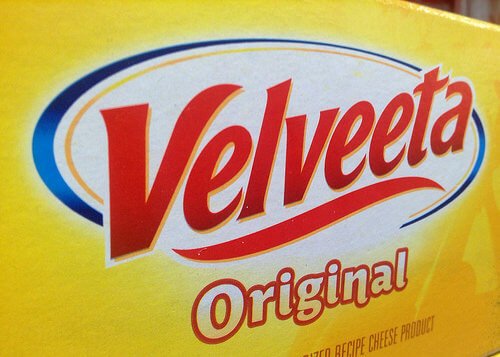Can You Freeze Cream Cheese? (Before & After Pics)
You have some leftover cream cheese and no use for it. Or you’ve bought a few containers too many on clearance. Can you freeze cream cheese?
If you’re not using cream cheese all that often, it’s not difficult to end up with a bit too much. And if that’s the case for you right now, you’re probably looking for a solution.
One option is to find a way to eat all of it before it spoils, as cream cheese lasts a while. But that’s not always possible.
The other option is to freeze it. But before you do so, you probably want to know how that works out and what’s the quality of the cheese after thawing. And that’s the first thing we’re going to discuss.
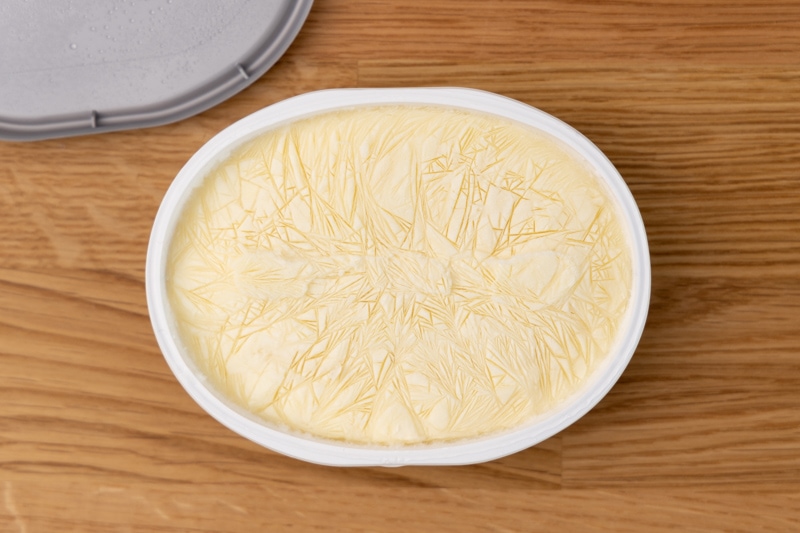
Can You Freeze Cream Cheese? When Does It Make Sense To Freeze It?
Some dairy products freeze quite well (like sweetened condensed milk), while others not so much (e.g., kefir). Cream cheese is somewhere in the middle.
Once you thaw it (and help it get back to shape), cream cheese:
- tastes normal – there isn’t a huge difference in taste
- feels a bit grainy– it definitely isn’t as smooth as fresh cream cheese
- is thinner and feels somewhat more watery
Here’s how mine looked like after defrosting and some smoothening:
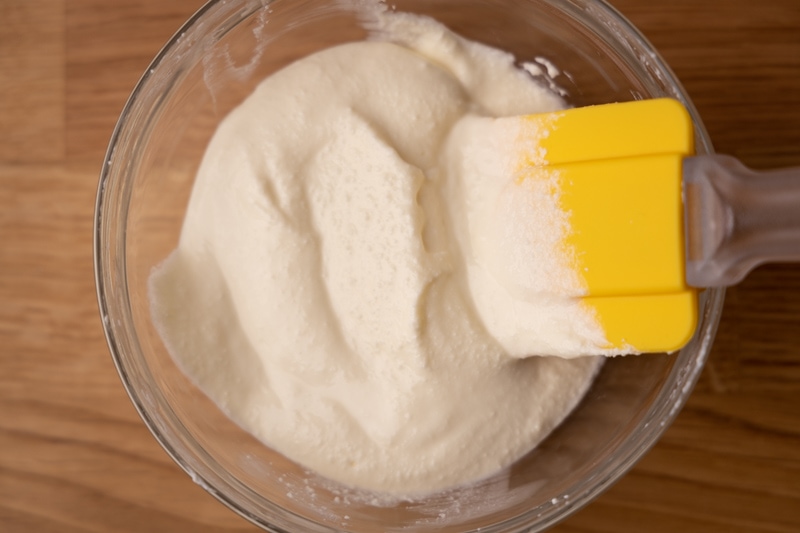
As you can tell, it clearly doesn’t look like fresh cream cheese.
Now that you know how the cream cheese changes, it’s time to talk about the impact of those changes.
The crucial one is texture alteration. And that texture change might be important in some uses, but not in others.
If the cheese goes into a cheesecake you’re going to bake (here’s how long cheesecake lasts), that shouldn’t be a big deal. But if you’re going to use it as a sandwich spread, it might bother you. It didn’t bother my wife or me, though.
You can freeze cream cheese if you’re going to use it in a dish where its texture change doesn’t matter.
Here’s my thawed Philadelphia mixed with radishes and chives. It doesn’t look all that appealing, but it tasted good.
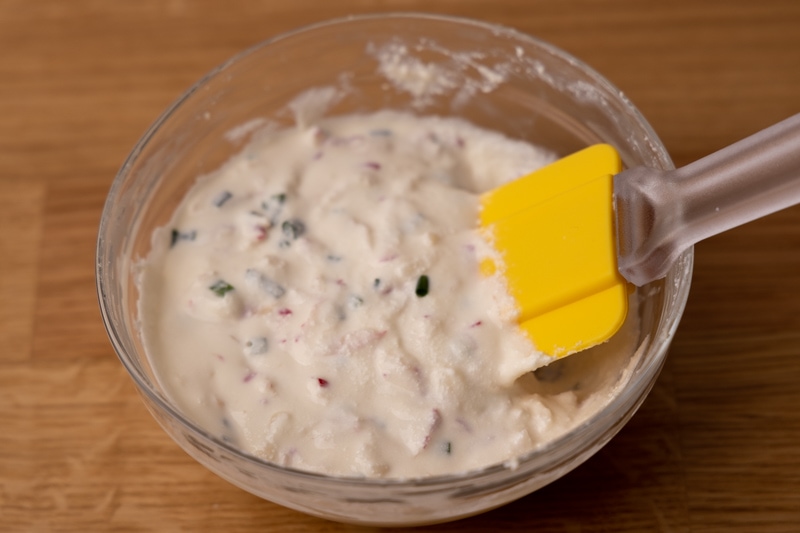
How To Freeze Cream Cheese
Freezing cream cheese is super simple. All you need is a plastic container (you can use the one the dairy product comes in) and a minute or two.
Here’s the step by step:
- Prepare the container (s). If it’s a brand new package, remove the aluminum foil, and cover it with its lid. If you need only a small amount of cream cheese at a time, consider using multiple containers for easy thawing. Add a label if you like.
- Put everything in the freezer.
And that’s it. Your cream cheese can sit in the freezer for months.
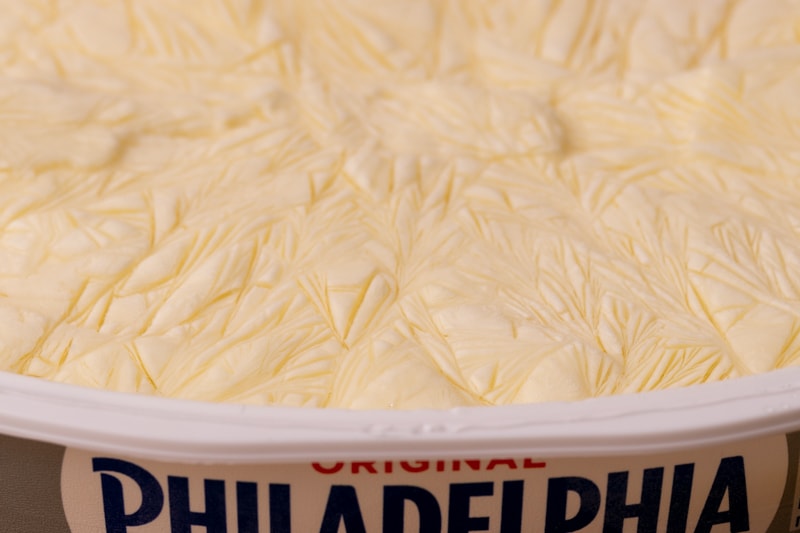
How To Defrost Cream Cheese
For most food products, defrosting is simple, and it only requires time. For cream cheese, you also need some elbow grease to get it to look okayish.
For starters, transfer the container into the fridge and let it thaw. A small container (like mine) needs 5 to 8 hours, while a bigger one will need even more. Plan accordingly.
You can submerge the container in lukewarm water to speed things up a bit. Replace the water every hour or two for best results.
Now that your cream cheese is thawed, it should look something like that:
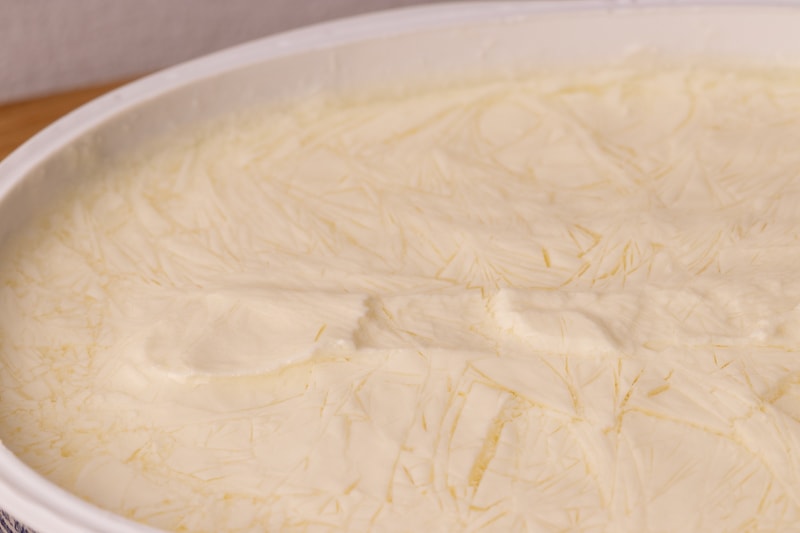
That’s pretty bad. The next thing we’re going to do is to get rid of all of the water or whey that has separated. Once done, my Philadelphia looked like that:
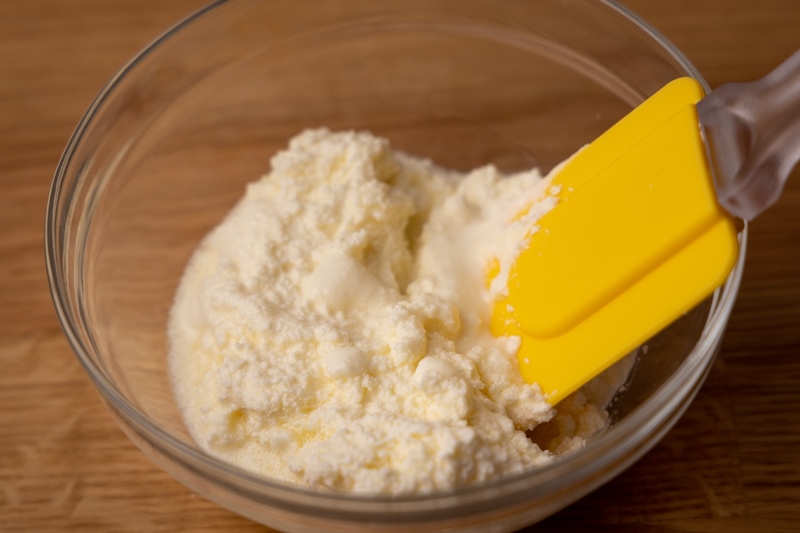
It’s a bit better but still needs work. Grab a silicone spatula (or something similar), and start stirring, mixing, and smoothening the cheese.
After about 4 minutes of that, mine looks like this:

That was good enough for me. Another couple of minutes of elbow grease probably wouldn’t make the texture much better.
Try using a hand mixer instead of the spatula. It should yield a bit better results with less time (but with more cleanup).
Using Thawed Cream Cheese
As I already mentioned, you can use frozen and defrosted cream cheese in any dish that doesn’t rely on its texture. That means:
- creamy soups
- casseroles
- cheesecake, pies, cookies and other baked goods
- cooked sauces
- anything else that you cook or bake
When it comes to dips and spreads, using thawed cream cheese is iffy.
When testing freezing for this article, I made the usual mix of cream cheese, grated radishes, and chives. Here’s how it looked like on a plate:

This doesn’t look particularly appealing, to say the least, but it’s fine (taste-wise) to eat. My wife didn’t complain about the taste, and neither did I.
The downsides we noticed are that it felt a bit grainy and watery compared to the usual taste. I’d give it a solid six compared to a nine I’d give the same recipe but with fresh cream cheese.
It was good enough for us to eat, but I wouldn’t serve that if we had anyone coming over for dinner.
If you want to use thawed cream cheese in a dip or spread, eat it for breakfast with your housemates instead of serving it to your guests.

Want to learn more about cheese in general?
Check out our guide:
Rotten Records: Share Your Snap!
Caught some food past its prime? Upload your photo to “Rotten Records” and help others spot the signs of spoilage. Every image makes our food community safer and more informed!

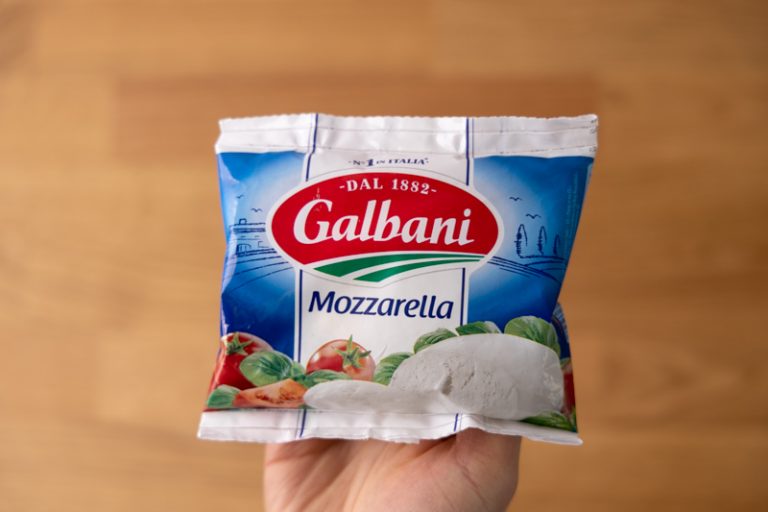
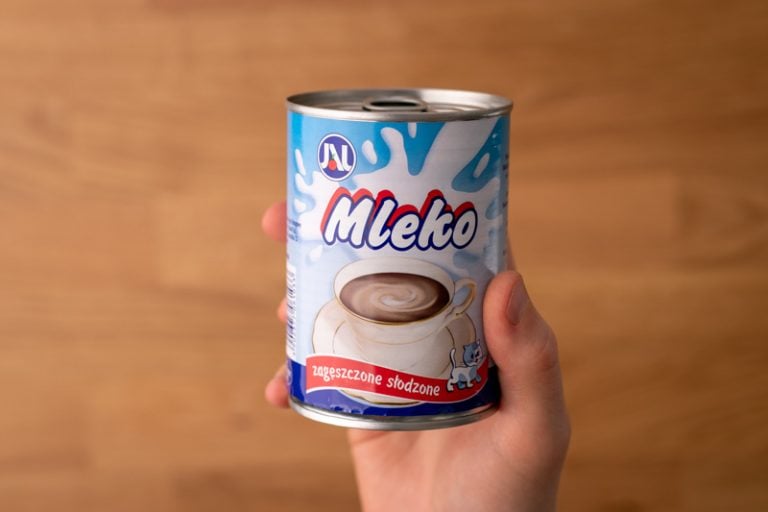
![How Long Does Brie Cheese Last? [Shelf Life & Spoilage]](https://www.doesitgobad.com/wp-content/uploads/Brie-in-cheese-wrap-768x512.jpg)
